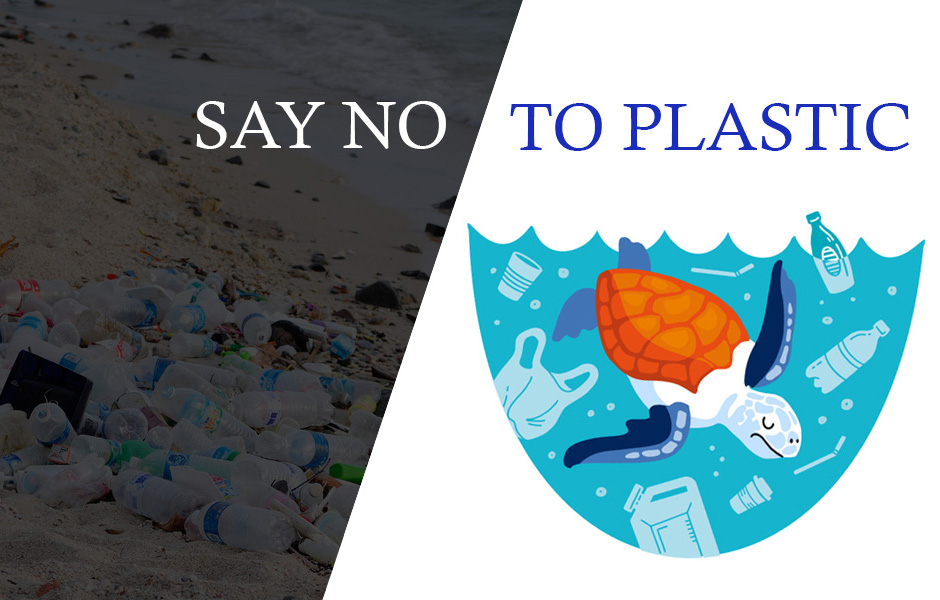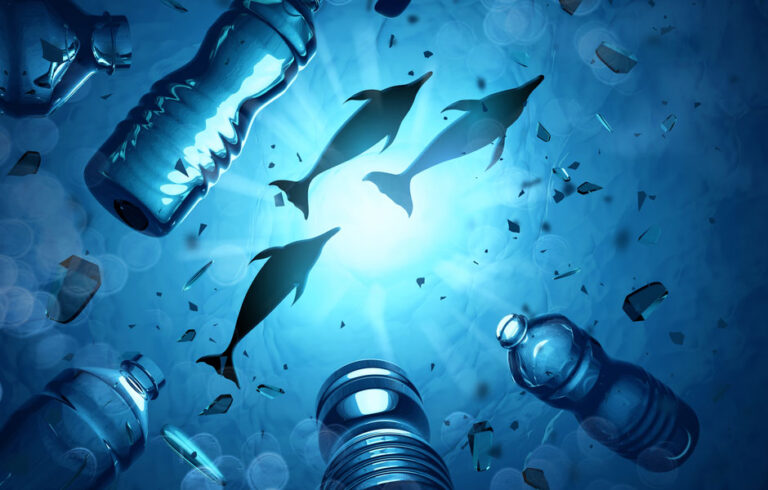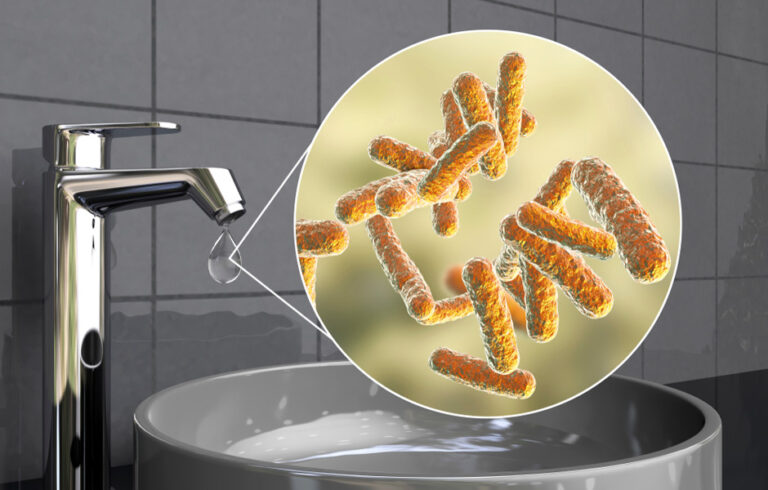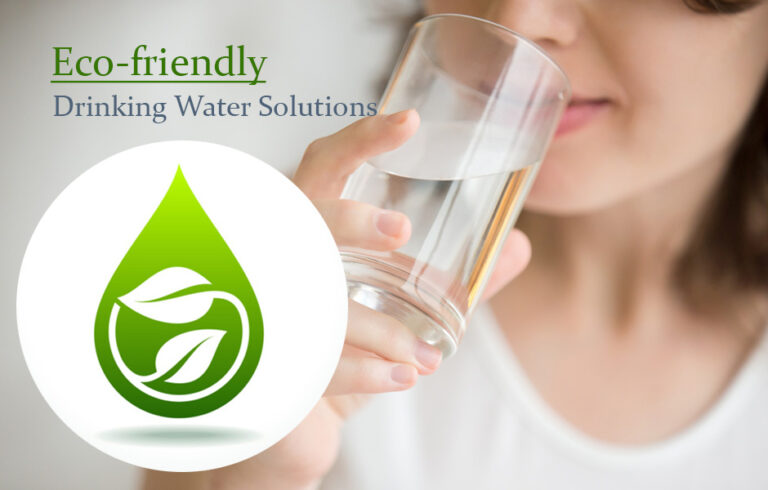When we look around, we all will realize that our environment is littered with too much plastic that meets the eye at places such as roadsides, dumping sites, and shorelines. Think why plastic bottles can be seen almost everywhere because it is used for various things ranging from water packaging, foodstuffs, used as mobile casing, and many other consumer goods. There are multiple reason why plastics bottles(plastic byproduct) has, therefore, become a part of our lives.
Growth of the plastics bottled water industry
Over the past few years, the bottled water industry has rapidly advanced. Today, plastic water bottles can be found everywhere due to the convenience of their disposal.
Drinking water from plastic bottles has become an everyday way of life for most people. They do not think about what those bottles are made from or where they end up. No one of us thinks about why plastic bottles are being used & its probable alternatives.
There’s no doubt that plastic water bottles are bad for the health & environment. Not only do they need a lot of energy to produce, but they also pollute the environment.
Although, some agencies are trying their best to reduce the use of plastic bottles and make the environment better. However, as everyday consumers, you need to know the importance of ending plastic use.
What is plastic pollution?
Plastic pollution is due to the accumulation of plastic waste in the environment. There are two categories of plastics: primary plastics (for instance, cigarette butts and bottle caps) and secondary plastics (gotten from the breakdown of primary plastics).
We can also categorize plastics based on their sizes, from microplastics – small particles (less than 5 mm) of plastic thrown in the environment – to macroplastics (larger bottles).
Also Read: Know how RO filtration system can get rid of microplastics from your drinking water!
Forms of plastic pollution
There are various forms of plastic pollution, such as:
- The accumulation of waste in homes or offices
- The collection of litter in water bodies, fragments of plastics, and non-biodegradable fishing nets that keep on trapping wildlife
- Waste causing death when animals ingest plastic objects
- The rise of microplastics and microbeads of plastics from body care products
Reasons why plastic bottles are dangerous for the environment
Our household work and official life are not complete without the need for plastic items in today’s life. One such example is the need for water bottles, and we usually get water in plastics bottles.
1. Production of plastic bottles needs fossil fuels
A huge problem with plastic bottles is that their manufacture requires non-renewable fossil fuels. Most plastics are made from polyethylene terephthalate, which is made with oil.
To make things worse, energy is not only wasted during the production of plastic water bottles; energy is used during the whole lifespan of a plastic bottle, including the energy used for transportation, storage, and disposal.
It is estimated that about 76 million barrels of oil are required to produce, transport, store, and dispose of plastic bottles per year in the US. That’s enough oil to fuel 4.3 million vehicles for a year! – Source
2. Production of bottled water harms the environment
Have you ever wondered where the water-filled in bottled waters comes from? As the water gets extracted to be sold as bottled water, a lot of natural water supplies get dry. Plastic & plastic bottles has various dangerous effects on the environment, and could even affect our livelihood, particularly in areas prone to drought.
This problem is made worse because a lot of bottled water gets sold in places far from the site of extraction. This means that local water resources will never recover through the water cycle because the extracted water is transported to a different location.
3. Plastic bottles are dangerous for marine ecosystems
The number of plastic bottles sold daily means that most of them will be improperly disposed of. This is a major problem because studies show that plastic bottles are currently the 5th most commonly found trash at coastline cleanups, making up a significant portion of the total plastic pollution in water bodies.
A lot of the plastic littered eventually find their way to the ocean. Even plastic on land, located far from a sea, gets blown or washed into a water body, which then moves with drainage networks or rivers and flows into the ocean.
Plastic is terrible for the environment because animals, such as birds or fish, can mistake plastic for food. Also, since plastic can come in large and small sizes, small organisms such as plankton could be affected. When animals take in a lot of plastic, their digestive systems could get clogged up, eventually starving them to death. At times, the uneven shape of plastic pieces could choke animals, such as sea turtles, to death.
Also Read: RO Water Vs. Bottled Water
4. Plastic bottles can’t be biodegraded
To understand what this means, you need to understand the difference between biodegrading and degrading. Biodegrading occurs when an object gets broken down (digested) by biological organisms. This means that the item can be naturally recycled (by decomposers such as fungi and bacteria) into new organic molecules and new life. Degrading, on the other hand, is just the process of breaking down a particle into smaller pieces.
Living organisms can’t recycle plastic. Instead, a combination of the sun’s energy and environmental factors such as rain will continue to break down plastic into smaller pieces. These pieces, also called microplastics, will always remain plastic, either in oceans or on land.
Although most agencies suggest recycling as a flagship green practice, it is not an environmentally friendly process because it involves the washing of water bottles, which leads to water pollution and needs more electricity.
Also Read: Benefits of Drinking Alkaline Water
5. Plastic bottles pose serious health risks
When plastic water bottles get degraded, the process leads to the release of toxic chemicals. Reusing a plastic bottle might also lead to an excellent breeding ground for bacteria. These often expose the body to a greater risk of absorbing the chemicals, thereby posing a significant threat to humanity. It is therefore advised to ban and get rid of plastics once and for all.
Due to the chemical additives used during the production of plastic water bottles, plastics have potentially harmful effects on humans’ health. Exposure to toxic chemicals coming out of plastic can lead to congenital disabilities, cancers, impaired immunity, and other health conditions.
Conclusions
One way to help prevent plastic pollution is by using a reusable water bottle and taking it with you everywhere you go, so you don’t get tempted to buy plastic bottled water. You can fill your reusable bottle at home if you have a ro water filtration system. Getting rid of plastic bottles is vital to creating a more beautiful world we can all be proud of.
This article was originally published in Dec-2020 and was last updated in Oct-2021
Author: Mark
Category: Plastic Bottles



